I saw it on Instagram. The photo of deep red sand on the Tourism Queensland account stood out among the usual pictures of waves, sunsets, turtles and the odd koala. I’d never heard of Big Red.
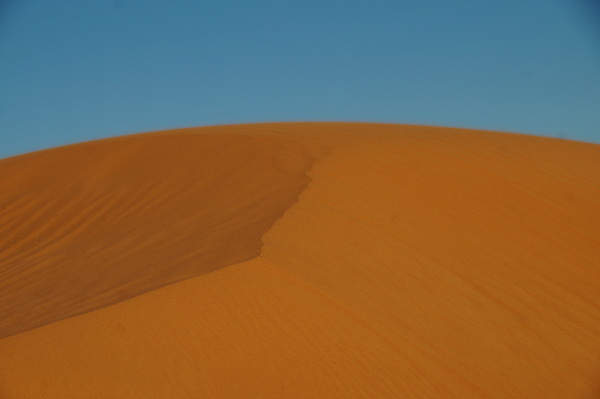
Google informed me I would find it on the edge of the Simpson Desert, near Birdsville. Another place I hadn’t heard of. I declared I wanted to go there. I wanted to climb Big Red.
At the time I said shared my idea with my parents we were headed north through Cape York. My suggestion would take us about 3000 kilometres in the other direction, to a small town near the junction of the Queensland, Northern Territory and South Australian borders. Birdsville was most definitely not on the way. To anywhere.
But the more I thought about it, the more my heart became set on going there. I couldn’t imagine a time when I would next have the chance.
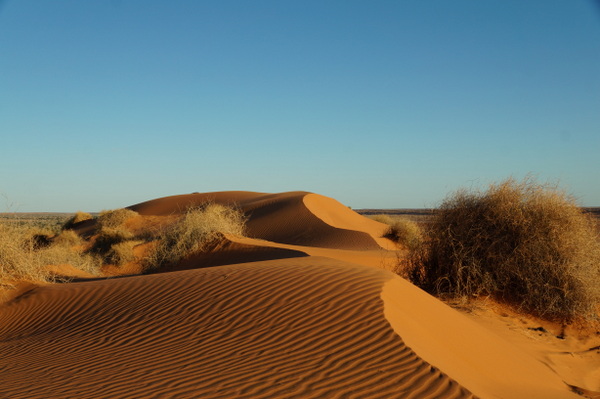
The people passing through Birdsville typically fall into three categories. Those heading into the Simpson Desert. Those coming out of it. And those who drove all the way to here to watch sunset at Big Red and have a drink in the pub. My parents and I are in the later category, as are most of the thousands of people who visit Birdsville every year.
“Is there anything we need to know about going out to Big Red?” I asked the man at the caravan park.
“Not really. Just head west out of town until you get to where it looks like someone dumped a load of sand in the middle of the road. That’s Little Red. Turn right there and you’ll see where the cars park.”
The road out of town was badly corrugated. It may have been the worst road we’d travelled in the previous five weeks, over which time we’d covered thousands of kilometres on dirt roads. At the bottom of Little Red three cars were pulled up on the side of the road. A couple of men knelt on the ground. We drove around them, about to ask if they needed help, when we realised they were just pumping up their tyres for the drive back to town. This was the beginning and end of the sand. Anyone going much further west wouldn’t get very far without deflating their tyres.
We followed the dune, keeping it on our left with a paddock with a lot of dead trees and a surprising green tinge on our right. It hadn’t rained for two months.
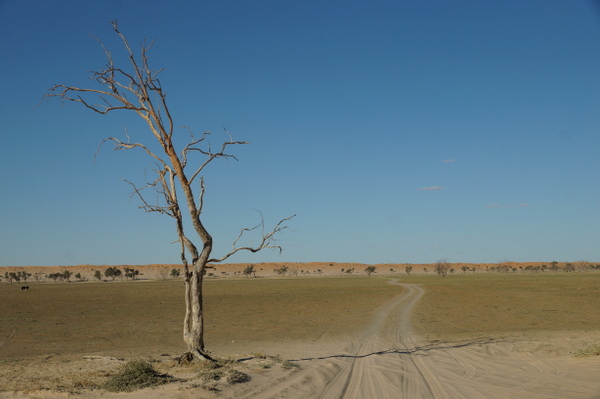
After a couple of kilometres the road turned sharply to the left, climbing up and disappearing over the sand. We parked at the bottom, next to a boogie board tied to a tree and a sign encouraging people to take the board for a ride on the dune.
I walked up the sand, my calves burning before I reached the top.
Never having been to the desert before I didn’t know what awaited at the top of the dune. This far from anywhere I’d had the wildly unrealistic expectation of having this incredible sight all the myself. I say it’s unrealistic because regardless of the difficulty in reaching a place like this, lots of people make the effort.
So although I was disappointed, I couldn’t really be shocked by what I saw at the top, which was this:
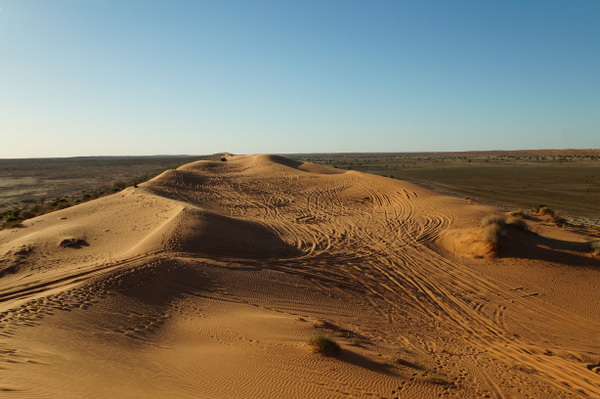
The 1140 dunes in the Simpson Desert make up the longest stretch of parallel dunes in the world. Big Red, or Nappanerica as it is known to the local Indigenous people, is the biggest. Its height is disputed, but most likely is between 30 and 40 metres. It’s also the first, or last, depending on which way you come from.
Big Red marks the edge of the 170,00-square-kilometre desert. Those dunes carry on, rising and falling, for about another 600 kilometres to the west. Of the many, many people to dig their toes into the sand at Big Red, only a fraction will see any of the desert that lies beyond. For most, including me, Big Red is their Simpson Desert experience.
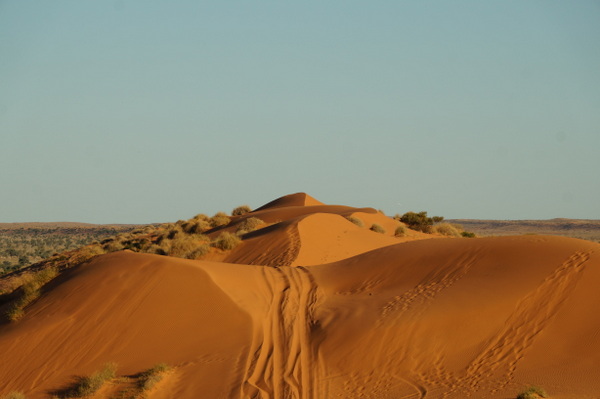
Big Red is a bit of a bucket list item for four-wheel-drive enthusiasts. If you can make it up the biggest dune, then you don’t really need to worry about the other 1139, then do you. The tyre tracks gave away the number of people who had visited Big Red recently and in the two hours we spent on Big Red we saw plenty more.
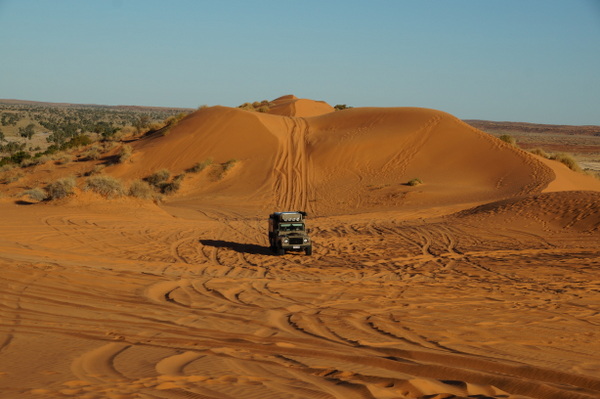
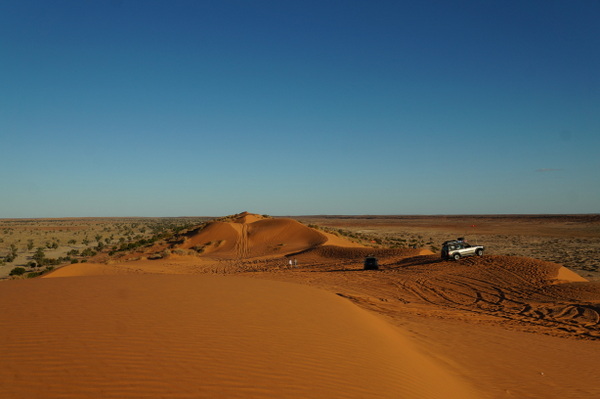
This late in the day the only people coming from the east were those not going beyond Big Red. Anyone embarking on the five-day adventure across the desert would have left at sunrise, but we did see some people reach the end of their journey.
The trail of sand and dust gave the vehicles away as they drove towards us from the west. They always stopped at the bottom, presumably to develop a plan of attack.
Some made it up on the first go – sand flying, engines revving, passengers gripping the handles above the windows. The people in the first vehicle never had time to celebrate. They had to get the cameras out of film the next one. If the first attempt failed, the run up increased. If the second attempt failed, it got even longer.
One driver, having already made it up one, apparently easy, route, drove back down only to make several failed attempts at a more challenging track before retracing his original path and struggling on that too. The vehicles never stayed for long. After four to five days in the desert they were keen to get to the pub.
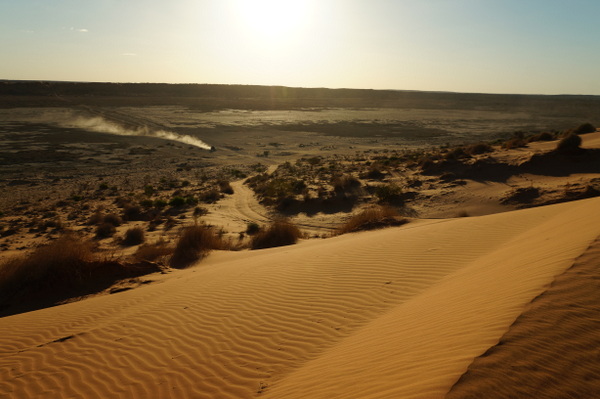
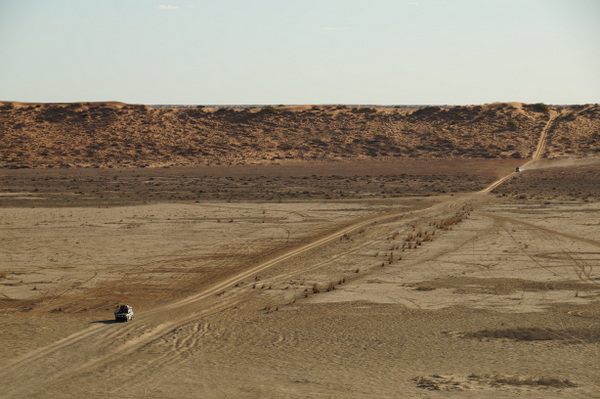
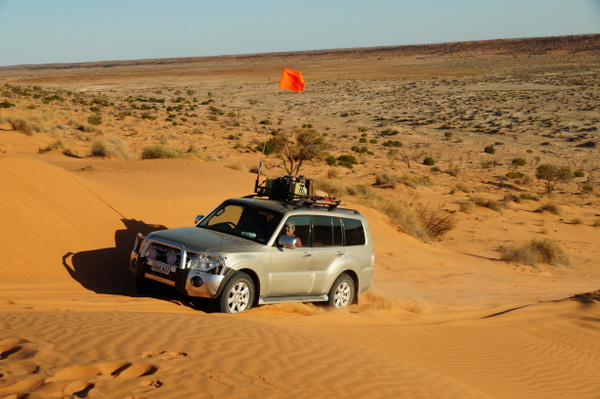
I climbed the dunes searching for a view that didn’t have footprints or tyre tracks, which was surprisingly easy. The vehicle tracks had created a plateau on the dune and this was where it seemed most visitors stayed.
All I had to go was climb over the first mound and there stretched the rest of the dune – seemingly untouched by the activity behind me. But when I eventually turned to walk back I found my footprints had already begun to disappear, which gave me a new appreciation of how frequently people must come here given the tracks.
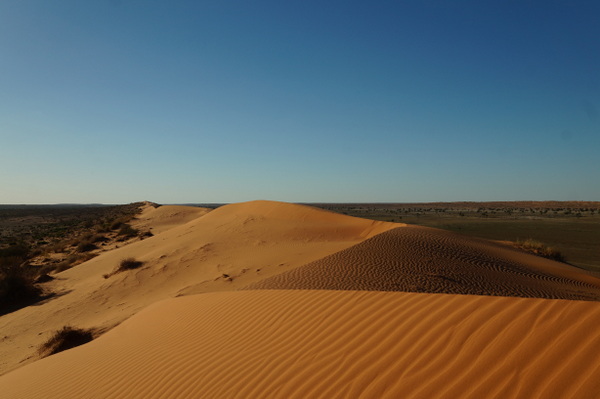
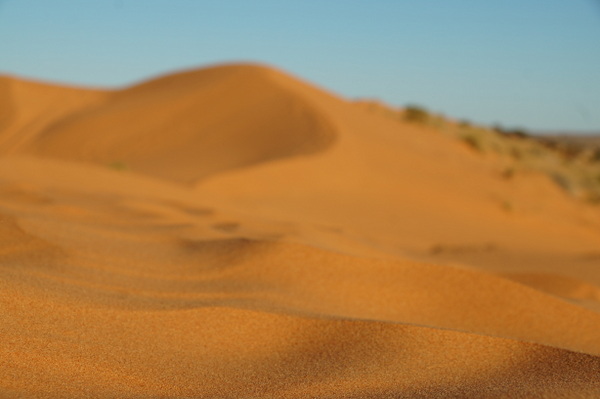

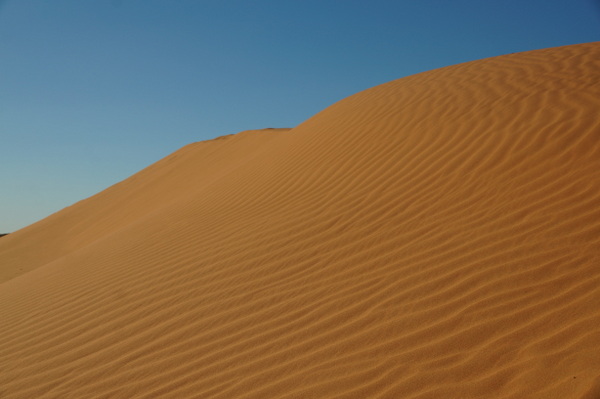
With my toes and wine glass dug into the sand, I waited for the sun to drop. The actual sunset wasn’t that memorable. The sun disappeared, the horizon glowed orange and the sky behind us divided itself into blue and pink. Pretty tame in the scheme of outback sunsets. The more impressive colours came on Big Red itself. At different angles, in different light the sand became red, orange, yellow and gold. Always changing. Always beautiful.
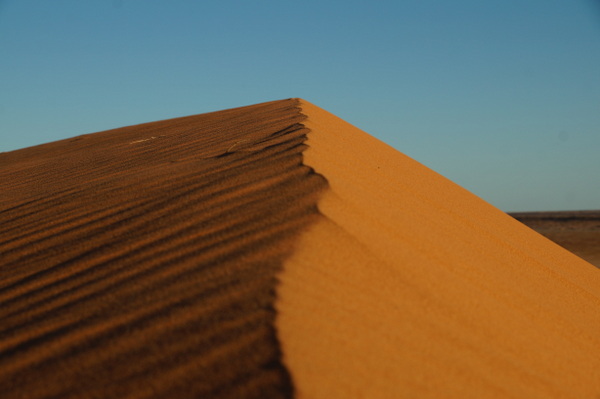

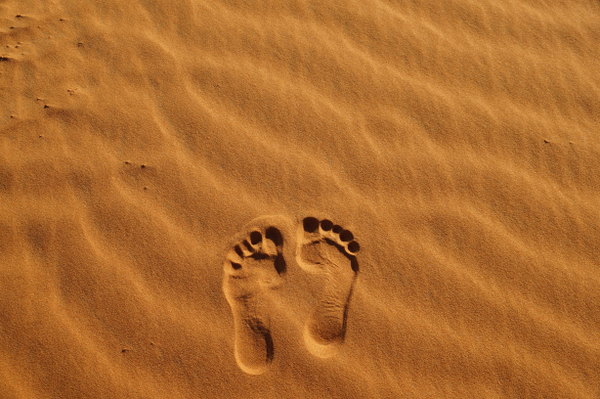
See it for yourself
Big Red is about 40 kilometres west of Birdsville. You will most likely require a four-wheel-drive vehicle to get out to Big Red, but you’ll most likely also need one to get to Birdsville in the first place so that shouldn’t be a problem. If you plan to venture beyond Big Red and further into Simpson Desert, your vehicle must be equipped with flags. For more information visit here.

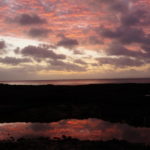
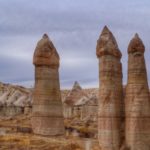

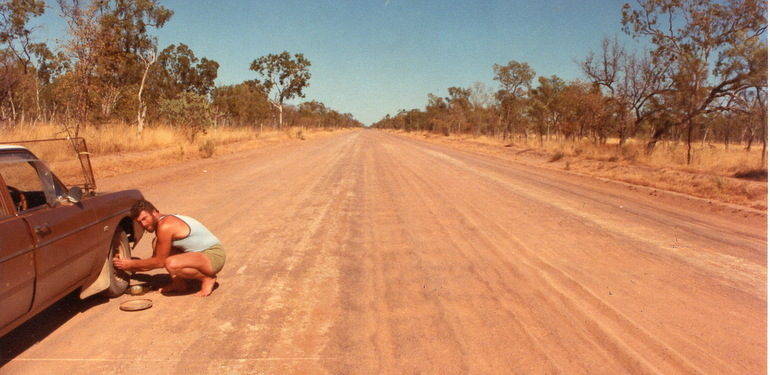
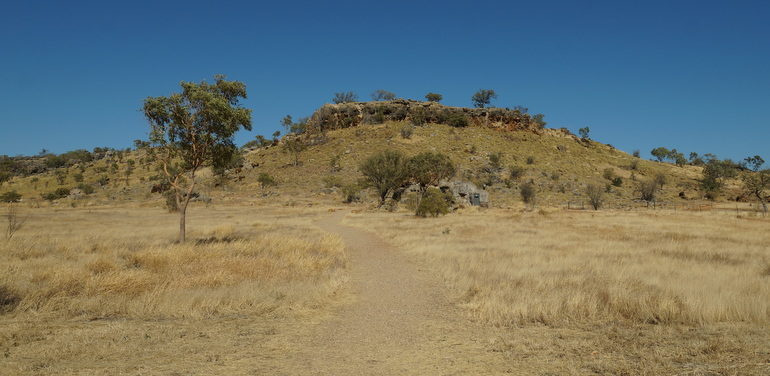
4 Comments
That looks amazing! Had no idea that was hidden in Queensland. Am definitely going to add it to the Australia bucket list.
It doesn’t really fit many people’s idea of Queensland. Birdsville is also a pretty quirky place and I’ll be writing about it soon.
The photos are magnificent! Just like the others, I never thought that this place is part of Queensland until I read the whole story. Im sure its worth a visit. Can’t wait to read about Birdsville.
Thanks Vanessa. It’s kind of hard to take a bad photo of a place like this. It’s such a shame the outback doesn’t get as much promotion as other places in Queensland such the Gold Coast or Great Barrier Reef. To be honest, visiting places like Big Red made me love the state so much more.